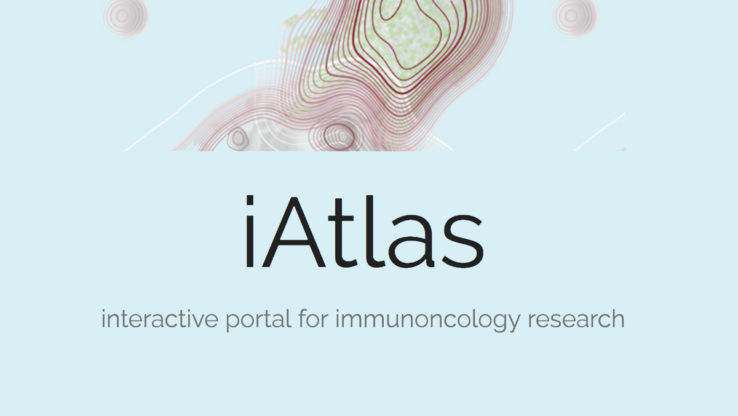June 15, 2017
3 Bullets:
- Liver cancer is the second most common cause of death from cancer worldwide.
- ISB researchers and colleagues from The Cancer Genome Atlas Research Network performed the first large-scale, multi-platform analysis of hepatocellular carcinoma, the predominant form of liver cancer.
- Such integrated analyses enabled the identification of potential therapeutic targets and facilitated biological insights that would not have been possible otherwise.
By ISBUSA
Hepatocellular carcinoma (HCC) is the predominant form of liver cancer, which is the second most common cause of cancer deaths worldwide (about 700,000 deaths annually). There has been a rise of HCC cases in developed nations, partially attributed to hepatitis C, obesity, and diabetes. The Cancer Genome Atlas Research Network, including researchers at ISB, analyzed 363 HCC cases, utilizing six different data platforms, which resulted in the most comprehensive understanding of the molecular basis of HCC. The research, which was published in the June 15, 2017, issue of the journal Cell, also identified eight significantly mutated genes that previously had not been characterized.
By looking at numerous characteristics of the tumor on the molecular level, researchers identified and connected specific genetic mutations to behaviors in the cancer cell. Having such insights increases the likelihood of success of potential drug targets and therapies.
Title: Comprehensive and Integrative Genomic Characterization of Hepatocellular Carcinoma
Journal: Cell
Authors: The Cancer Genome Atlas Research Network
Pub. Date: June 15
DOI: http://dx.doi.org/10.1016/j.cell.2017.05.046
Link: http://www.cell.com/cell/fulltext/S0092-8674(17)30639-6



 isbscience.org/research/tcga-researchers-identify-potential-drug-targets-leading-form-deadly-liver-cancer/
isbscience.org/research/tcga-researchers-identify-potential-drug-targets-leading-form-deadly-liver-cancer/







